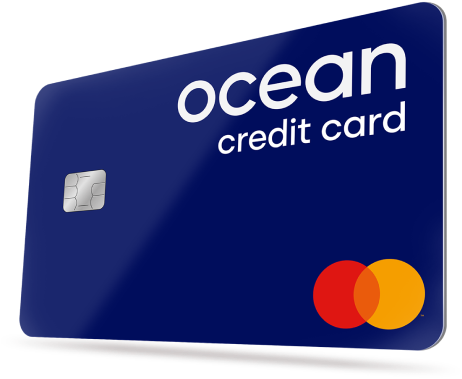Why your credit score matters
Your credit score is a number that gives lenders a snapshot of how reliable you are when it comes to borrowing money. Whilst your score alone isn’t the only thing that matters, having a good credit score can affect a range of things, including:
Access to credit
When you apply for a loan, credit card, mortgage, or even a mobile phone contract, lenders will check your credit score. A higher score increases your chances of being approved because it suggests that you’re less of a risk to the lender.
Interest rates
With a good credit score, you’re more likely to be offered favorable terms, such as lower interest rates. This can save you money over time, especially with long-term loans like mortgages.
Renting a house
Landlords often check your credit score to determine if you’re likely to pay rent on time. A poor credit score might make it harder to rent a house, or you could be asked to pay a larger deposit upfront.
How is your credit score calculated?
Your credit score is calculated based on a few factors, including:
-
your borrowing history
-
your financial stability
-
verification of your identity.
Checking your credit report gives you an insight into what lenders see when they review your creditworthiness.
Where to check your credit score
There are three main credit reference agencies in the UK:
-
Equifax
-
Experian
-
TransUnion
It’s a good idea to check your report with all three, as different lenders may use different agencies. You can check your Equifax report for free with CredAbility.
What’s in my credit report?
Your credit report includes:
-
Your name, date of birth, and address
-
Details of current and past credit accounts (up to six years), including available credit and repayment history
-
The number of credit applications you’ve made in the last six months
-
Whether you’re on the electoral roll
-
Any County Court Judgments (CCJs), bankruptcy rulings, or Individual Voluntary Arrangements (IVAs) against your name
-
Records of any fraud you’ve been a victim of
-
Financial links to others, such as anyone you’ve shared a financial product with, e.g., a joint mortgage.
Understanding your credit history
One of the key factors in your credit rating is your borrowing history. Your credit file only keeps this information for the last six years. This means that negative markers, like a CCJ or default, will be removed after six years, gradually reducing their impact on your credit score during this time.
You can check your report to see when a negative marker was added and estimate how much longer it will stay on your file.
What to do if you don’t have a credit history?
If you don’t have a credit history yet, there are many things you can do to start building it up. You might have little to no credit history if:
-
You’re new to the UK
-
You’re a student
-
You’ve never borrowed before
Things you can do to start building a credit history include:
-
Opening a current account. If you haven’t already, opening a current account with a bank or building society of your choice is a good place to start. Regular and responsible use will help you to establish a financial footprint.
-
Applying for a credit builder card. These are credit cards designed for people with no credit history or a low credit score. Credit builder cards typically have lower credit limits and higher interest rates, but they can be a useful tool for building your credit score.
-
Join the electoral roll. If you’re eligible, registering to vote in the UK is one of the easiest ways to improve your credit profile. Lenders use the electoral roll to verify your identity and address, and being on it can boost your credit score.
-
Set up Direct Debits. Setting up Direct Debits for regular bills like your phone contract, utilities, or subscription services can help demonstrate your ability to manage regular payments. Over time, this can contribute positively to your credit history.
Fixing mistakes on your credit report
If you find a mistake on your credit report, such as an incorrect address, you should contact the lender or the relevant credit reference agency to correct it. Keeping your details updated is important because inaccuracies could harm your credit score. Be sure to check:
-
Your address on your current credit accounts
-
Your name and date of birth
-
Details of the accounts connected to you
If you’re financially linked to someone (e.g., an ex-partner) but no longer share any financial products with them, you can request a notice of disassociation. This means their credit history won’t affect yours.
Before you apply for credit
If you’re planning to apply for credit, make sure you don’t make several applications within a short space of time.
When you make an application for credit, the lender will perform a 'hard check', which will leave a mark on your credit history. Too many hard searches by lenders in a short space of time might suggest you’re desperate for credit.
However, you can check your credit file as many times as you like as this uses a ‘soft’ check and doesn’t leave a mark.
Ocean Credit Card
See if it's a YES before you apply
- Up to £8,000 credit limit
- Checking won't affect your credit score
- Get a response in 60 seconds
Intelligent Lending Ltd (credit broker). Capital One is the exclusive lender.

Disclaimer: We make every effort to ensure content is correct when published. Information on this website doesn't constitute financial advice, and we aren't responsible for the content of any external sites.






